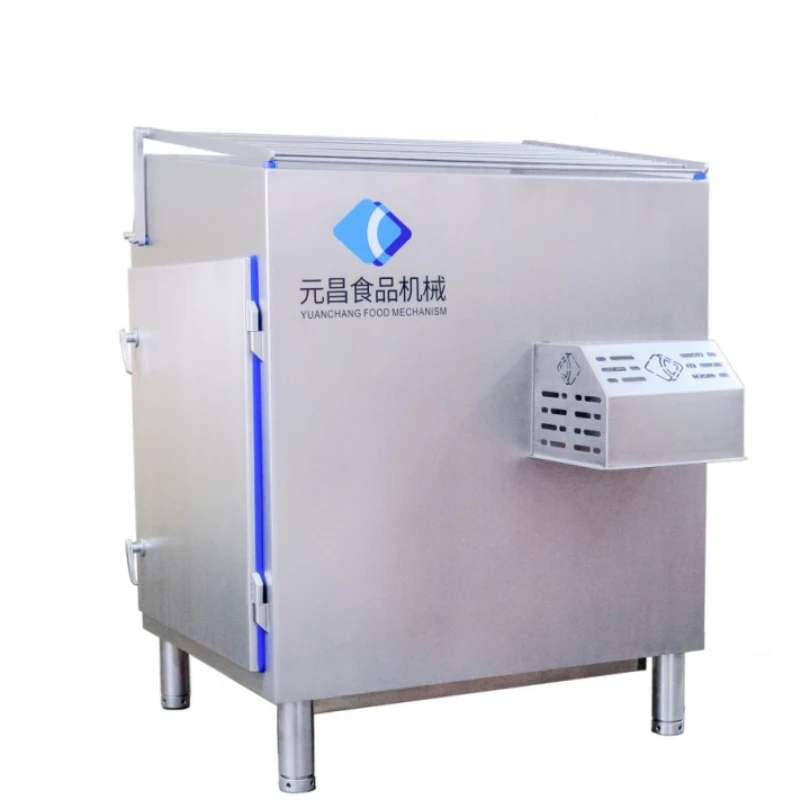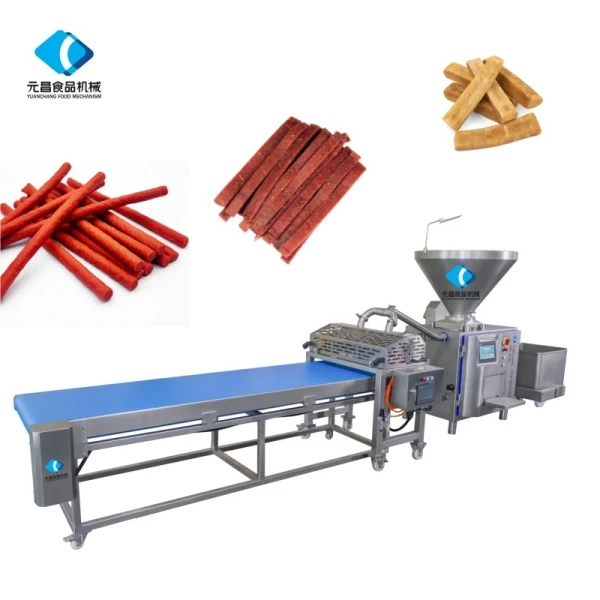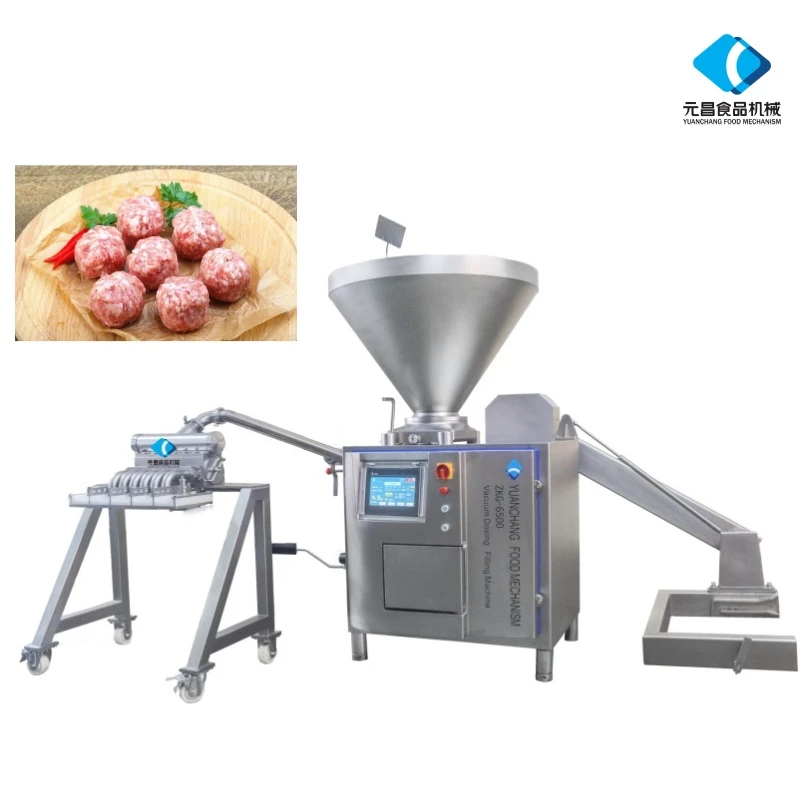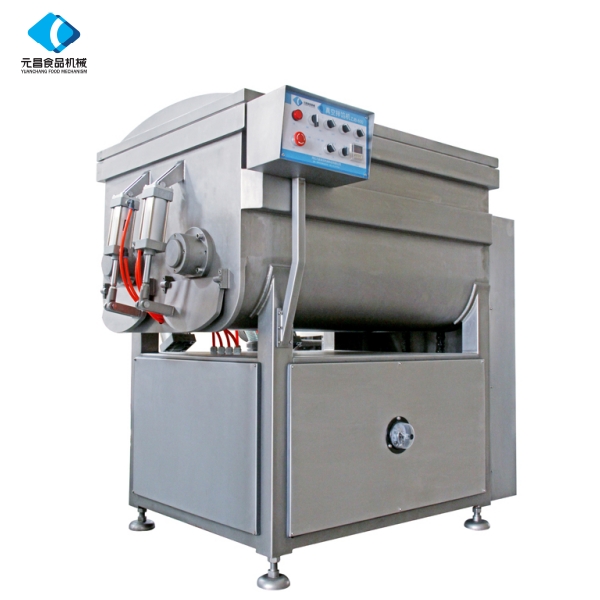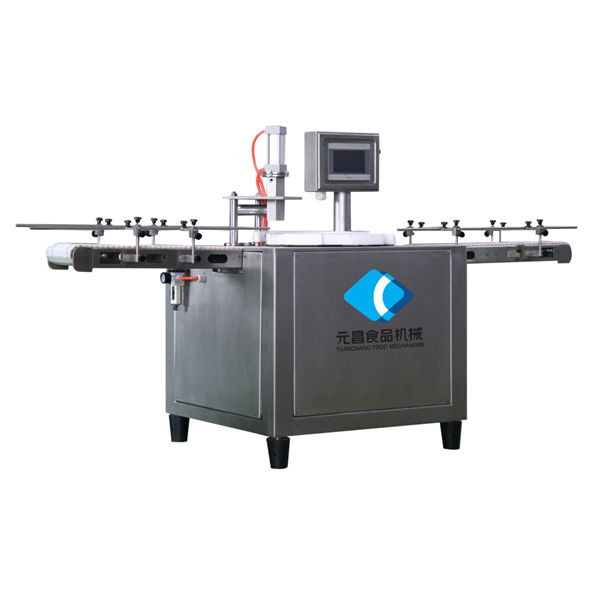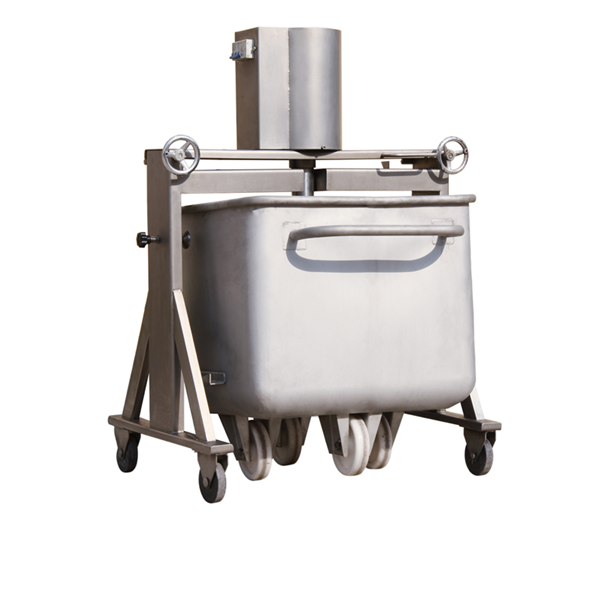Dry Aging Machine for Meat – Premium Meat Aging Machine for Home & Commercial Use
- Introduction to dry aging technology and market insights
- The science behind dry aged meat
- Advantages and technical features of dry aging machines
- Comparative analysis of major dry aging machine manufacturers
- Customization options and advanced configurations
- Real-world application cases and results achieved
- Future outlook: Innovations in dry aging machine for meat

(dry aging machine for meat)
Introduction: Rising Demand for Dry Aging Machine for Meat
In recent years, the global meat processing industry has experienced a significant rise in the adoption of dry aging machine for meat. This growth is fueled by escalating consumer demand for premium quality steaks, artisanal charcuterie, and value-added meat products. According to a 2023 Statista report, the global market for dry aged beef exceeded $12.7 billion, with North America and Europe leading in consumption and innovation. The increasing willingness of consumers to pay up to 40% higher prices for dry-aged meat compared to fresh meat has motivated butchers, restaurants, and food processors to invest in advanced meat aging machines. This introductory section sets the stage for a comprehensive exploration of the science, technology, brands, customization, and real-world performance associated with these machines.
The Science Behind Dry Aged Meat
Dry aging is a centuries-old method that has been improved significantly due to precision technology. The process involves exposing unwrapped beef primals to carefully controlled temperature, humidity, and air circulation, typically for 21-60 days. During this period, enzymatic and oxidative changes take place: collagen breaks down, myofibrillar proteins are tenderized, and water loss intensifies flavor concentration. Studies have shown that a reduction in moisture by 10-15% leads to a more robust, umami-rich taste. Pathogen suppression and microbial safety are critical—modern meat aging machines implement HEPA filtration and ionization systems to minimize contamination risk. Microbial load on properly dry-aged beef is decreased by over 99.5% compared to uncontrolled environments (Journal of Food Microbiology, 2022). Thus, the underlying science underpins both safety and quality, making the technology indispensable for professionals aiming for consistent results.
Advantages and Technical Features of Modern Dry Aging Machines
Today’s dry aging machines surpass traditional aging rooms through automation, efficiency, and precision. Key technical features include:
- Climate Control: State-of-the-art PID controllers maintain temperatures within ±0.1°C and relative humidity between 75%-85%.
- Airflow Management: Uniform, laminar airflow prevents stagnant zones, reducing spoilage and enhancing flavor uniformity.
- UV-C Sterilization & HEPA Filtration: Active pathogen control minimizes mold and listeria risks.
- Digital Monitoring: IoT connectivity provides real-time tracking, data logging, and remote diagnostics.
Comparative Table: Leading Dry Aging Machine Manufacturers
Selecting the right meat aging machine involves a careful comparison of technical specs, capacity, features, and cost. The following table summarizes leading brands to assist decision-makers:
| Brand | Model | Capacity (kg) | Control Precision | Humidity Range (%) | Key Features | Price Range (USD) |
|---|---|---|---|---|---|---|
| DryAger | DX 1000 | 100 | ±0.2°C / ±1% | 60-90 | UV sterilization, Smart control, HEPA filters | 10,000 - 13,000 |
| MaturMeat | MaturMeat 150 | 150 | ±0.1°C / ±2% | 75-85 | Airspeed regulation, Ionization, Touchscreen | 9,000 - 12,000 |
| DRY AGER USA | UX 500 | 50 | ±0.2°C / ±1% | 60-85 | LED illumination, Dehumidification, WiFi remote | 7,000 - 9,000 |
| PrimeAtelier | AGX-Pro 120 | 120 | ±0.1°C / ±1% | 60-90 | Ozone sanitization, Multi-tier racking | 12,000 - 15,000 |
The table highlights innovation and cost variations among top industry players, supporting procurement teams in identifying which solution aligns best with their throughput and automation needs.
Customization Options and Advanced Configurations
Modern meat processing businesses often have unique requirements for dry aging machine configurations. Leading manufacturers offer extensive customization, responding to variables such as facility footprint, desired capacity, and product mix. Examples include:
- Rack and Shelf Design: Modular interiors accommodate bone-in primals, charcuterie, or specialty cuts.
- Energy Optimization: Dual compressor options and enhanced insulation can increase energy efficiency by up to 25% for large-scale operations.
- Integration with HACCP: Machines can be supplied with compliance-ready data logging and automated alerting modules.
- Custom UI/UX: Operators can request tailored software dashboards and remote monitoring apps that align with existing ERP integrations.
- Advanced Air Sterilization: Some customers in the luxury hospitality sector opt for ozone and plasma sterilization add-ons to manage ultra-hygienic environments.
Success Stories: Application Cases and Results
Deploying dry aging machines has delivered measurable benefits across various industry segments. Here are select examples:
- Premium Steakhouse in New York: After upgrading to a dedicated dry aging machine, customer feedback indicated flavor profile improvements, with steak sales rising by 23% year-over-year. Consistency in doneness and yield rose by 15% compared to previously used wet-aging methods.
- Specialty Meat Processor in Germany: Implemented a custom 200kg unit with IoT analytics. Quality control audit failures dropped from 12% to 1%. Automation reduced labor costs by 9% within six months.
- Upscale Retail Butchery in Tokyo: With new air sterilization modules, they reported zero incidences of product spoilage over twelve months. Customer retention improved markedly due to the uniformity of aged product texture and taste.
- Large-scale Hotel Group in Dubai: Adoption of cloud-controlled aging rooms led to a revenue increase of $550,000 annually due to premiumized menu offerings and event contracts.
Future Outlook: Innovations Transforming Dry Aging Machine for Meat
Emerging trends continue to reshape the landscape for dry aging machine for meat. Next-generation machines are integrating AI algorithms for predictive quality control, employing blockchain verification for full supply chain traceability, and incorporating eco-conscious materials to support net-zero commitment goals. Recent advances include the introduction of real-time, non-invasive spectroscopic sensors to analyze meat maturity and flavor development. Industry projections forecast a compound annual growth rate (CAGR) of over 8.4% for dry-aged meat equipment through 2030. As sustainability and transparency become central, processors and chefs can expect enhanced operational insights, lower environmental impact, and even higher standards of food excellence.
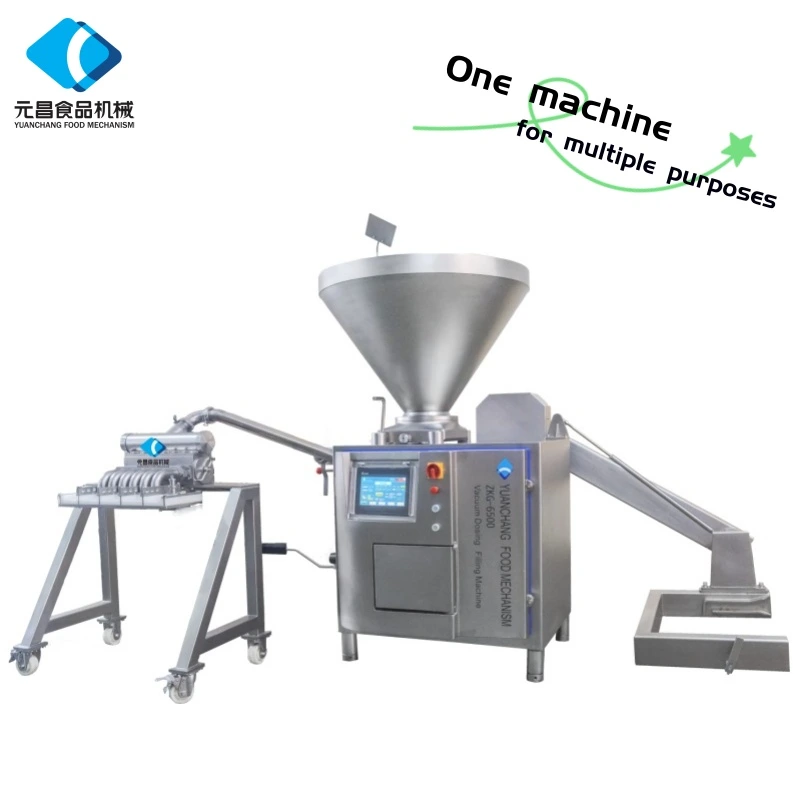
(dry aging machine for meat)
FAQS on dry aging machine for meat
Q: What is a dry aging machine for meat?
A: A dry aging machine for meat is a specialized appliance that creates optimal conditions to age meat by controlling temperature, humidity, and airflow. It enhances meat flavor and tenderness. It's commonly used in restaurants and by meat enthusiasts.Q: How does a dry aging machine work?
A: A dry aging machine uses precise temperature and humidity control to allow meat to age safely without spoilage. The process increases flavor and tenderness. Airflow inside the machine helps form a protective crust on the meat.Q: What types of meat can I age in a meat aging machine?
A: Most commonly, beef is aged in a meat aging machine, especially premium cuts like ribeye or sirloin. Some machines also allow aging of lamb or pork. Always check the machine's guidelines for supported meats.Q: Do I need any special preparation before using a dry aging machine?
A: Generally, you should trim excess fat and use good quality, fresh meat. Place the meat properly inside the dry aging machine for the best results. Follow the manufacturer's preparation instructions for safety.Q: How long does it take to age meat in a meat aging machine?
A: Aging times vary, but most dry aged beef is aged for 14 to 45 days in a meat aging machine. Longer aging results in more intense flavor and tenderness. Always monitor the process for desired taste and texture.-
Meat Portioning Machine: Precision, Efficiency & Sustainability in Meat ProcessingNewsNov.24,2025
-
Discover the Benefits of Vacuum Marinating Machines for Efficient Food ProcessingNewsNov.24,2025
-
The Ultimate Guide to Commercial Chicken Scalders: Efficiency, Sustainability & InnovationNewsNov.23,2025
-
Chicken Harvesting Equipment: Efficient & Humane Solutions for Poultry ProducersNewsNov.22,2025
-
Comprehensive Guide to Meat Processing Plant Equipment | Efficiency, Safety & SustainabilityNewsNov.21,2025
-
Meat Processing Bins: Durable Solutions for Safe & Efficient Meat Handling WorldwideNewsNov.20,2025



